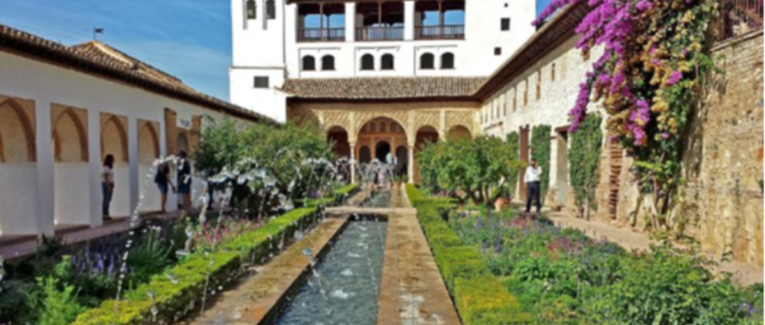
A Brief History of Gardening
 4 min
4 min
A Brief History of Gardening
You take gardening for granted.
Gardening does not seem important to you because most people participate in some form of gardening. Has it ever occurred to you how gardening began? Prolonged development turned basic horticultural activities into the present-day vegetable and flower cultivation systems. The following paragraph presents an abridged timeline of cultivation throughout history.
Ancient Gardening
The inception of gardening emerged with the introduction of forest gardening. Forest gardening represents an ancient system of cultivating food. People began grouping food-producing vines and trees after discovering these plants for easier access to their food. Ornamental garden design became progressively more intricate from these initial gardens. Rich citizens were the sole group with access to these gardens.
Gardening in the Middle Ages
During the Middle Ages, the practice of ornamental gardening witnessed some decl
Questo è un articolo Prime
Per accedervi, iscriviti alla Creative Room Gardening di Ed-It
Vantaggi dell'iscrizione:

Accesso completo a contenuti esclusivi e archivi

Accesso preferenziale a futuri contenuti

Commenta le pubblicazioni dell'autore e unisciti alla sua community

Ricevi una notifica per ogni nuovo articolo
Iscriversi significa sostenere un autore a lungo termine
Iscriviti alla Creative Room








 English
English
 Français
Français
 Deutsch
Deutsch
 Italiano
Italiano
 Español
Español



 Contribuisci
Contribuisci
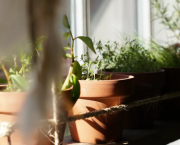
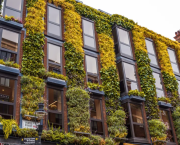
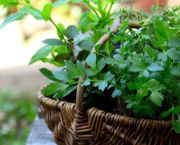
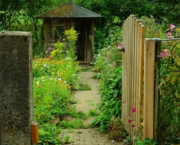







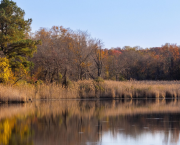
 Puoi sostenere i tuoi scrittori preferiti
Puoi sostenere i tuoi scrittori preferiti






Le bloc commentaire est réservé aux abonnés.
Iscriversi significa sostenere un autore a lungo termine
Iscriviti alla Creative Room